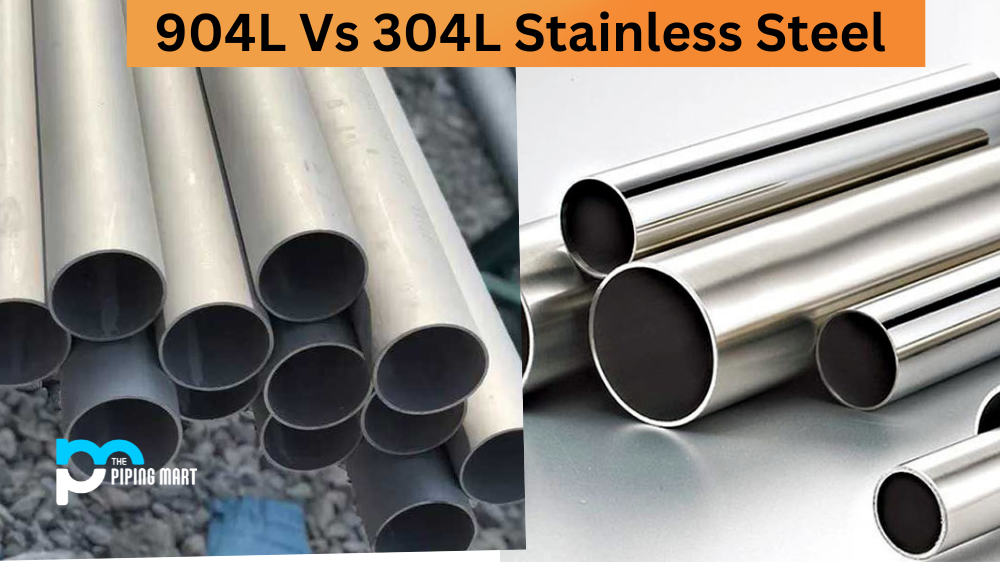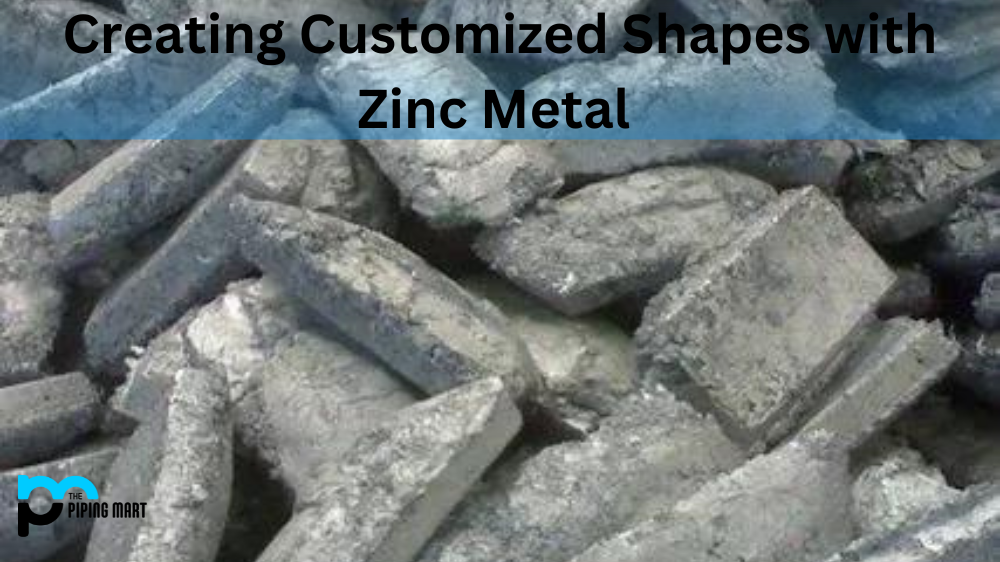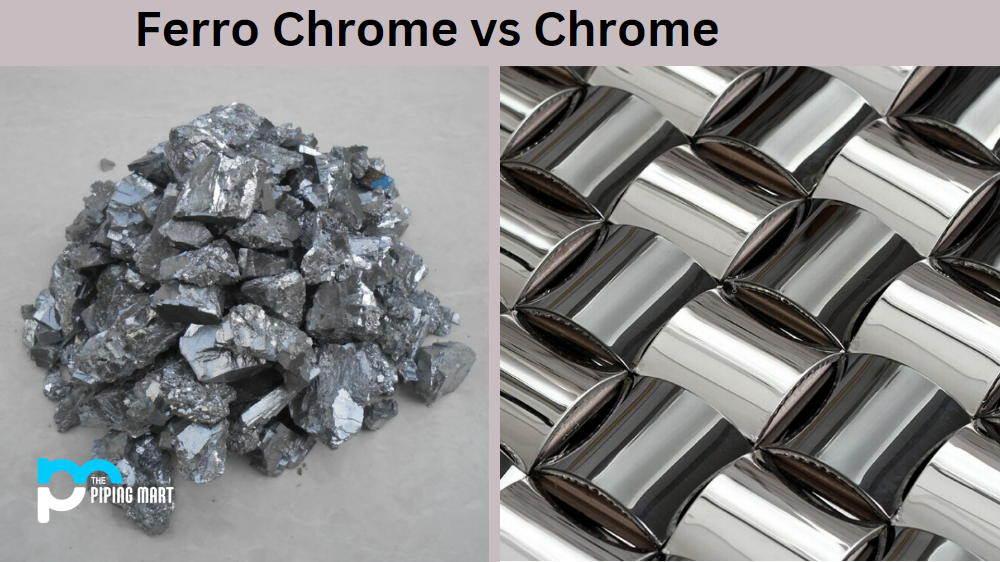If you are looking for materials to build with, stainless steel can be a great choice. It is strong, durable, and corrosion-resistant. But there are many different types of stainless steel available on the market today. Two of the most popular types are 904L stainless steel and 304L stainless steel. Let’s take a closer look at these two metals to understand the differences between them.
What is 904L Stainless Steel?
904L stainless steel is a non-stabilized austenitic stainless steel with low carbon content. This type of steel offers excellent formability, weldability, and toughness in comparison to other steels on the market. It also has high resistance to crevice corrosion and stress corrosion cracking due to its low carbon content and high nickel content. 904L is used in chemical processing equipment, food handling equipment, medical instruments, chemical storage tanks, heat exchangers, pressure vessels, valves, pumps, nuclear reactors and more.
What is 304L Stainless Steel?
304L stainless steel is an austenitic grade that contains 18-20% chromium and 8-10% nickel alloyed with iron as the primary alloying element. This type of steel offers excellent formability and weldability in comparison to other steels on the market. Its high resistance to oxidation makes it ideal for applications where oxidation could be a concern, such as marine applications or chemical processing areas where chlorine or sulfur compounds may be present in the environment. Additionally, it has excellent resistance to corrosion from chloride solutions which makes it perfect for food handling equipment or medical instruments that come into contact with salt water or brine solutions frequently.
Difference Between 904L and 304L Stainless Steel
- 904L is more expensive than 304L.
- 904L is more resistant to corrosion than 304L.
- 904L has better resistance to pitting and crevice corrosion than 304L.
- 904L has better weldability than 304L.
- 904L is less likely to suffer from stress corrosion cracking than 304L.
Conclusion:
When it comes down to choosing between 904L stainless steel versus 304L stainless steel for your application needs, there are several factors that should come into play, such as cost-effectiveness vs corrosion resistance requirements or welding capability vs strength requirements etc. However, both grades offer excellent formability and weldability, making them great choices when deciding what material will best suit your needs! Weigh out all the pros and cons between these two grades before making your decision!

Abhishek is a seasoned blogger and industry expert, sharing his insights and knowledge on various topics. With his research, Abhishek offers valuable insights and tips for professionals and enthusiasts. Follow him for expert advice on the latest trends and developments in the metal industry.




